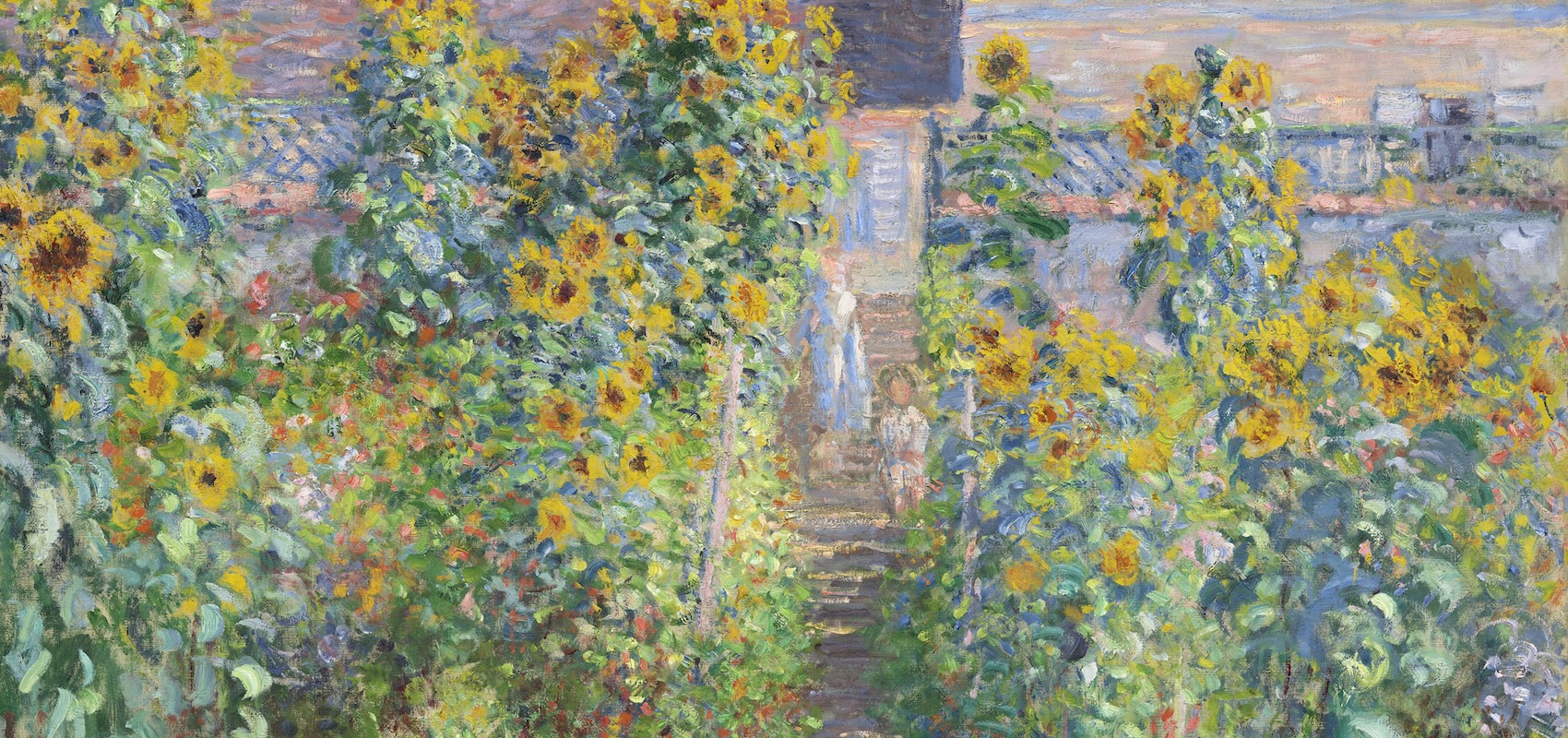
Two books on plant evolution, both alternately nutty and brilliant, were recently published. The subtitle of Robert N. Spengler III’s Nature’s Greatest Success contains the punch line: “How plants evolved to exploit humanity.” Michael Pollan’s Botany of Desire explains how plants long ago hit on a winning evolutionary strategy. Lacking the capacity for thought or movement, they hatched a plot to get us “to move and think for them.” From a plant’s-eye view, “Our desires [for apples, tulips, potatoes] are simply more grist for evolution’s mill, no different from a change in the weather: a peril for some species, an opportunity for others.”
Spengler and Pollan deny plants are actually conscious, but their rhetoric outruns them. Plants “evolved traits that aided them in better recruiting humans to disperse their seeds”; this, Spengler argues, is the true origin of agriculture. Plants adapted “for the recruitment of a more effective seed disperser—humans.” As a result, we need a theory of “domestication” that acknowledges the force of “plant agency.” Pollan calls domestication a “clever evolutionary strategy for advancing their own interests”—the plants’ interests, that is. Plants are “clever” strategists, perhaps clairvoyant: “Why did they go to all this trouble” to produce nutritious food humans enjoy, or wood for human constructions, or chemical compounds that heal humans? Millions of years before humans rose from the slime, plants were busy prepping for our arrival.
Nutty—until we recall some of the nutty things the Bible says about plants and other inanimate creatures. Commenting on Isaiah 65, where trees clap their hands to welcome Israel back from exile, Terence Fretheim suggests the biblical view of things comes close to “panpsychism,” the belief that creation is infused with spirit and soul, that all creatures have some form or degree of consciousness. Yahweh summons not only trees, but earth, sea, sea monsters, hills, wind, snow, hail, clouds, cattle, and creeping things to praise him (Ps. 69:34; 148), which assumes they have some capacity to respond. There is, Fretheim says, “a greater continuity between the animate and the inanimate than we have commonly been willing to claim.”
We’re skeptical of Fretheim’s proposal because we know trees are soulless. In biblical terms, that’s strictly true: A tree isn’t a “living soul” (nephesh chayyah) like a fish, frog, bluebird, beaver, man, or woman (Gen. 1:20, 24; 2:7). But in the biblical outlook, the personification and anthropomorphism of “clapping trees” seems more than a literary device, since it’s founded on a created analogy between souls and non-souls. Plants bear seed, as do human beings; trees produce fruit, as living souls are fruitful; trees give shade from the heat, like an emperor who overshadows his people. Perhaps plant consciousness isn’t quite as nutty an idea as we first think.
Both Spengler and Pollan also explore how human beings unwittingly contribute to plant and animal change and survival. This is where both books turn brilliant. Spengler points to the many ways that human settlements and ways of life alter how everything else lives. We instinctively sort the world into domestic and wild, but the world doesn’t. What’s “wild” lives as it does because of us. Those supersized New York City rats: domestic or wild? They’re not pets; they don’t curl up in our laps—at least we don’t want them to. But they become rodents of unusual size because they gorge on a diet of pizza and pastrami. Those fat pigeons in Central Park, the ones that can barely get off the ground, benefit from “millennia of humans breeding their ancestors as food.”
Remember those peppered moths from high school, the ones that prove natural selection? White moths flourished until factory soot on walls and fences made them conspicuous to predators, and brown moths took over. When clean air legislation reduced the soot, white moths made a comeback. A perfect example of micro-evolution, but note: The entire change in moth population, in both directions, is the result of human activity. We take a lovely drive into untamed country on a Sunday afternoon, but our very presence spoils the “unspoiled” landscape around us, what with the exhaust from our car as it rolls along the road that altered migration patterns and water drainage and made critters more cautious, lest we flatten them into road kill. Spengler concludes, rather shockingly: “much of life on Earth is currently domesticated or will be reaching that point within the next few decades.”
Pollan, for his part, invites us to consider the wolf and the dog: “The wolf is somehow more impressive to us than the dog. Yet there are fifty million dogs in America today, only ten thousand wolves.” How did the dog get the leg up (as it were)? By cozying up to humans, dogs learned to fulfill “our needs and desires, our emotions and values.” Standing aloof from man may look cool, but it’s not good for a species.
Plant consciousness sounds nutty; a biology that encompasses human culture may sound nutty too. Theologically, both proposals are worth exploring. Man exists to have dominion over all creatures; it follows that animal and plant life are inescapably entwined with what we do. As for clapping trees: Surely the tripersonal God has a personal relationship with his creatures. Why wouldn’t God be nearer to trees than they are to themselves? How could he not be on speaking terms with the creation he spoke into being? It sounds puerile, but in botany as in all life, childlike folly is the deepest wisdom.
